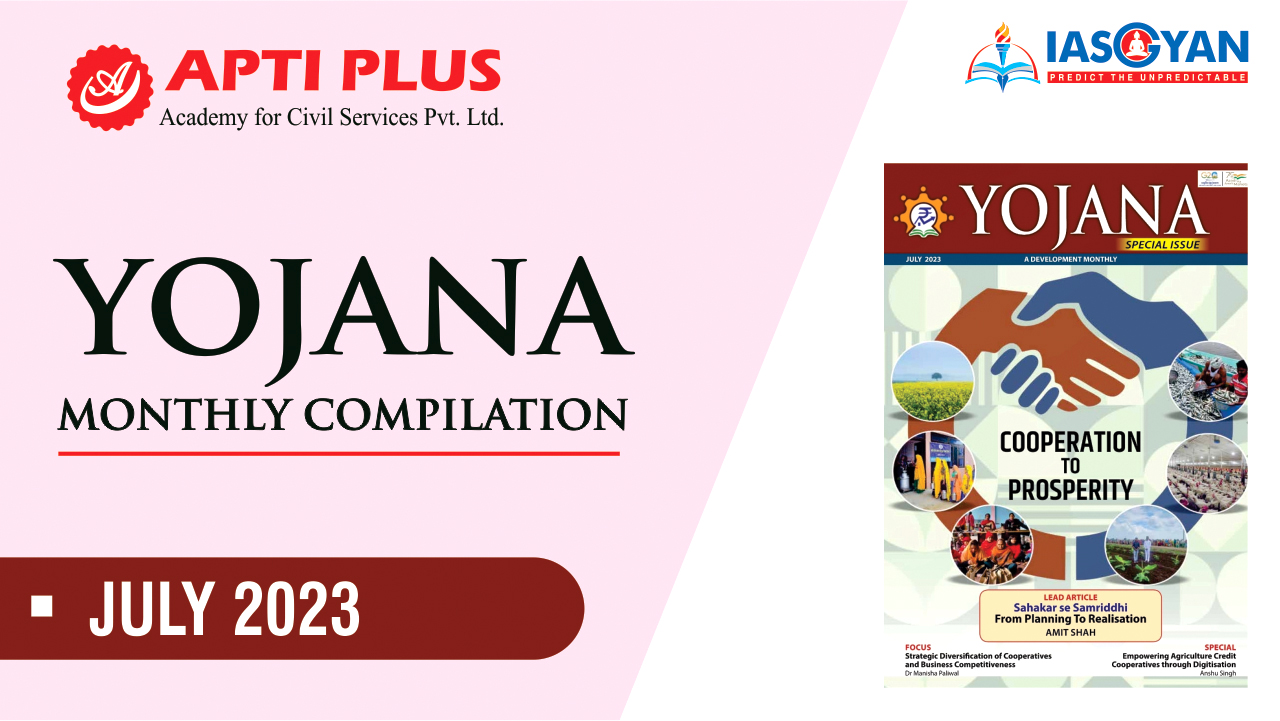Description

Disclaimer: Copyright infringement not intended.
Context
- Two technologies developed by the National Aerospace Laboratories (NAL) were unveiled.
Details
JALDOST - The Water Weed Removal Airboat
- Developed by National Aerospace Laboratories (NAL).
- Purpose: Remove excess aquatic weed and floating waste from water bodies.
- Design: Closed airtight pontoon type hull, making it unsinkable.
- Propulsion: Hybrid system - air propulsion and paddle wheel propulsion.
- Versatility: Can navigate through weed-infested water bodies efficiently.
- Waste Collection: Steel mesh belt conveyor system in front collects weed and waste.
- Waste Handling: Collected waste falls on horizontal deck conveyor.
- Unloading: Rear conveyor system unloads waste to trucks or tractors.
- Versions: JALDOST Mark-1 and JALDOST Mark-2 (upgraded version).
- JALDOST Mark-2: Designed for cleaning lakes in Bengaluru, based on BBMP's specifications.
- Potential: NAL's private design partner ready to supply JALDOST Mark-2 as per BBMP's requirements.
Q-plane - The All-Electric UAV
- Developed by National Aerospace Laboratories (NAL).
- Type: Lightweight, all-electric Unmanned Aerial Vehicle (UAV).
- Capability: Vertical-take-off-and-landing (VTOL).
- Purpose: Autonomous flight for surveillance, aerial mapping, and environmental monitoring.
- Range: 30 kilometers.
- Endurance: Up to 70 minutes.
- Propulsion: Electric propulsion system for eco-friendly performance.
- Versatility: VTOL capability enables operation in various environments.
- Reduced Carbon Footprint: Compared to conventional fuel-powered aircraft.
- Significance: Demonstrates NAL's commitment to advancing aerospace research in India.

National Aerospace Laboratories (NAL): Advancing India's Aerospace Research
- The National Aerospace Laboratories (NAL) is one of India's premier aerospace research institutions under the Council of Scientific and Industrial Research (CSIR).
- Established in 1959, NAL plays a crucial role in advancing the nation's capabilities in aerospace and aviation research and development.
Vision and Mission
- NAL's vision is to become a world-class aerospace research institution, contributing significantly to the growth of India's aerospace sector.
- Its mission is to undertake research and development activities in aerospace technologies, provide aerospace solutions to national needs, and collaborate with industry and academia for technological innovation.
Key Objectives
- Aerospace Research: NAL conducts cutting-edge research in various aerospace domains, including aeronautics, astronautics, and aircraft design.
- Technology Development: The institution focuses on developing indigenous technologies and innovations to strengthen India's self-reliance in aerospace.
- Aircraft Design: NAL is involved in the design and development of indigenous aircraft, including regional transport aircraft and unmanned aerial vehicles (UAVs).
- Test and Evaluation: NAL operates state-of-the-art facilities for testing and evaluating aerospace components, systems, and prototypes.
- Collaboration: NAL collaborates with national and international organizations, industry partners, and academic institutions to leverage expertise and resources.
Research Areas
- Aeronautics: Research in aerodynamics, aeroacoustics, structural mechanics, materials, and computational fluid dynamics to enhance aircraft performance and efficiency.
- Astronautics: Focus on space propulsion, rocket technology, satellite systems, and space mission design for space exploration and applications.
- Advanced Composites: Development of lightweight and high-strength composite materials for use in aerospace structures.
- Flight Mechanics: Study of flight dynamics, control systems, and flight simulation to ensure safe and efficient aircraft operations.
- Gas Turbine Research: Investigation of advanced gas turbine engines for aircraft propulsion.
Noteworthy Achievements
- Saras Aircraft: NAL developed the Saras, a fourteen-seater multi-role civilian aircraft designed for short-haul regional flights.
- Hansa Trainer: NAL designed and developed the Hansa, a two-seater all-metal light aircraft for pilot training.
- SARAS PT1N: NAL's indigenously developed 14-seater aircraft with advanced features for regional transport.
- Tejas LCA: NAL played a significant role in the design and development of the Tejas, India's indigenous Light Combat Aircraft.
- SARAS ROV: NAL's Unmanned Aerial Vehicle (UAV) used for surveillance and reconnaissance missions.
Facilities
- NAL operates world-class research facilities, including wind tunnels, structural test laboratories, materials research laboratories, and flight simulators.
- These facilities enable researchers to conduct experiments, simulations, and testing for aerospace technologies.
.jpg)
Conclusion
NAL's development of these technologies demonstrates its commitment to advancing aerospace and aviation research in India. These innovations hold the potential to make a positive impact on environmental conservation and aerial monitoring applications, paving the way for sustainable solutions in the field of aerospace technology.
|
PRACTICE QUESTION
Q. What is the purpose of the JALDOST technology developed by National Aerospace Laboratories (NAL)?
A) Autonomous flight for surveillance
B) To remove excess aquatic weed and floating waste from water bodies
C) Vertical-take-off-and-landing (VTOL) capability
D) To explore the Moon's surface
Answer: B) To remove excess aquatic weed and floating waste from water bodies.
|
https://www.thehindu.com/sci-tech/technology/nal-unveils-jaldost-airboat-and-electric-uav-q-plane/article67149505.ece











